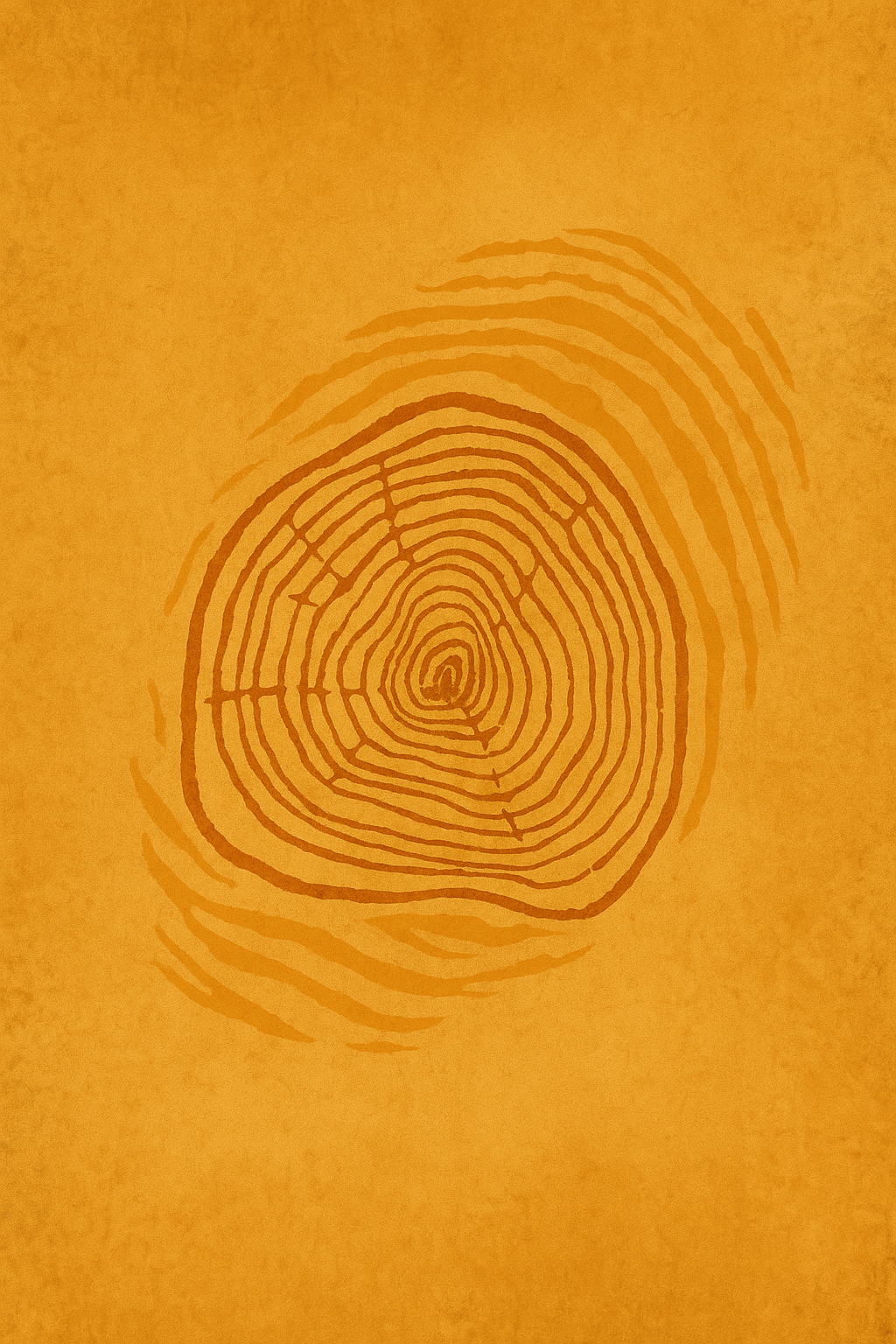A Coaches ‘How To’: Embodied Visioning
A step by step guide on how to use Embodied Visioning in the coaching room (online or in-person).
By Sam Taylor
A person’s vision is his or her image of a possible future. It is not a goal or strategy and consists of neither actions nor obligations. It is not a forecast of what is likely, it is a dream!
Through Embodied Visioning we integrate conceptual self-awareness (taking us anywhere in space and time with abstractions of an ideal self) and embodied self-awareness (experiencing the self concretely in the present moment and practicing new ways of being).
Step 1: Drawing out the vision
This is not just about career planning, for example, it is much more holistic. Questions to awaken someone’s vision include:
- What do you long for?
- What’s your dream?
- What would be the ideal?
- Who are you in this vision?
- And who are you becoming in this?
“Longing” is a felt sense, it can help them into a state of yearning or hunger. Asking questions about who they are becoming in this vision is essential for Creating a Practice later in the process.
Step 2: Clarifying the vision
Clarifying questions (always while tracking for resonance):
- What’s important to you about this?
- And how would that be?
- What else?
- And what would make that fantastic?
- And how about ten to fifteen years from now??
If Visioning at the end of a session you might start any one of these questions with:
- And from this place...
Step 3: Tracking for resonance
As our client shares their vision we are constantly tracking for moments or resonance and dissonance.
Does it feel like they are speaking from desire or “ought”? Is their body lit up or are they dimming? Is their resonance in the tone of their voice? Have they become animated and alive in their gestures and body-language? What do you feel in your own bodymind (see emotional contagion and Daniel Seigel’s “resonance circuits”)?
As we coach we track and name these moments of resonance and dissonance and help our clients notice (and feel) the difference through Presencing and Contact Statements.
As much as possible we want to design actions while staying in resonance.
Step 4: Inviting resonant action
To invite resonant action, you might ask:
- What are you eager to do next?
- What are you drawn to do now?
- What would you like to have happen?
Step 5: Creating a Somatic Practice
Somatic Practice cultivates self-belief. Hope fuelled by self-belief means that we not only imagine that good things will happen, but we also have a grounded faith in our ability to achieve them. Practice, therefore, is an important element of sustaining positive change.
We support our clients to find the gesture, posture, shape and/or movement that embodies who they are becoming in their vision.
From this embodiment we help our clients find a “I am” statement to bring a verbal dimension in. It’s important here that the word fit just right, is simple and factual, and is something that is easy to remember and repeat.
For example:
“I am...”
Or (if it is more “becoming” than a present-moment reality):
“I am committed to...”
You might say something like:
“See if you can focus this statement on who you are becoming, where you want your life to go next, and the future you want to create. Allow yourself to be informed by your longing, your deepest care and desires.”
Once you have a statement, you might also ask:
“What feels possible from here?”













